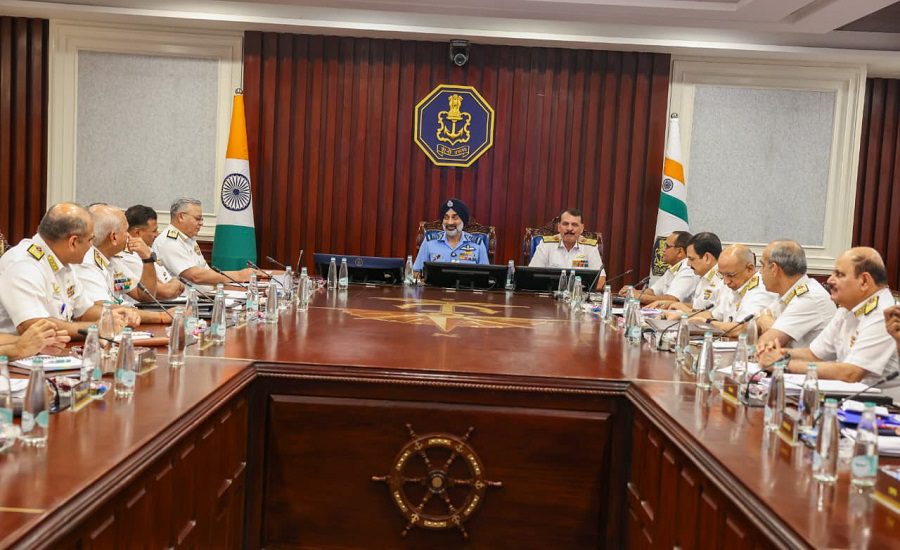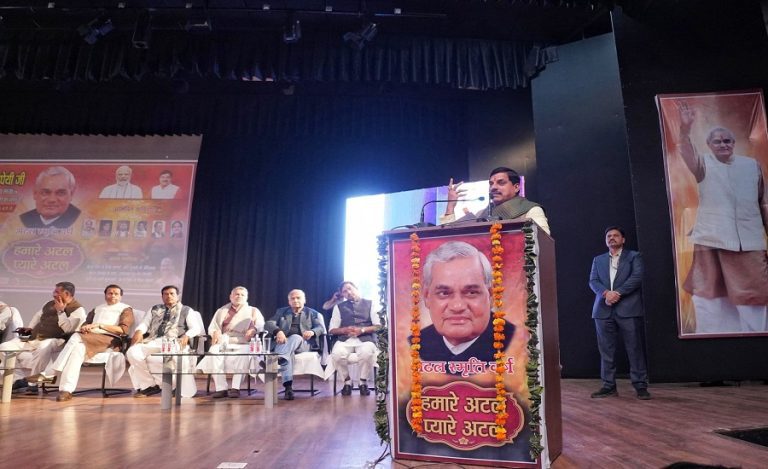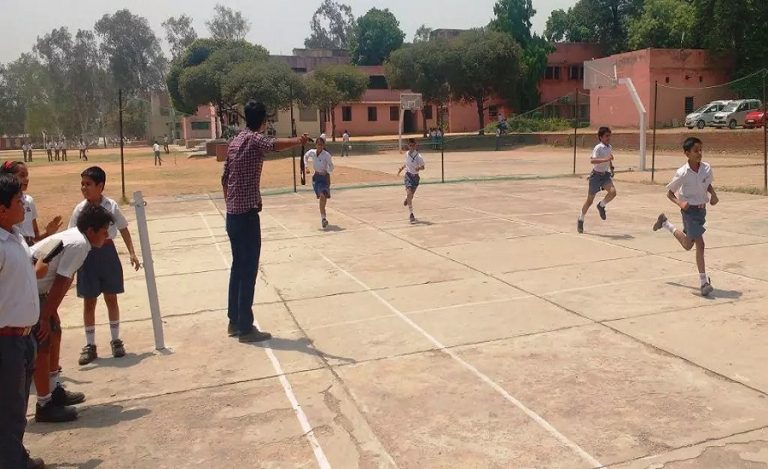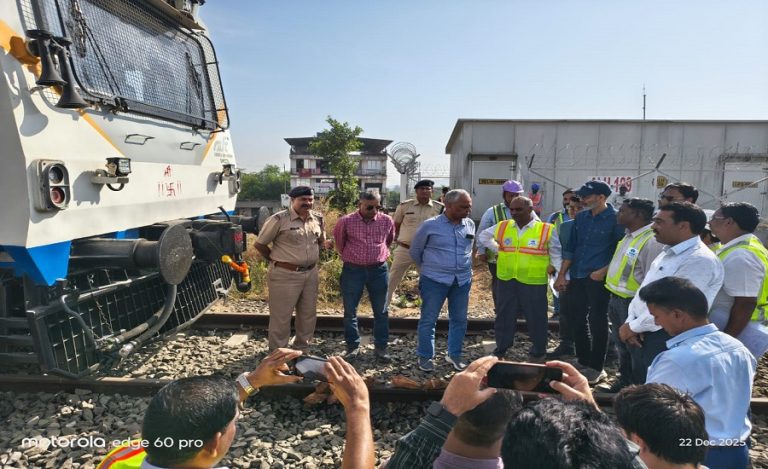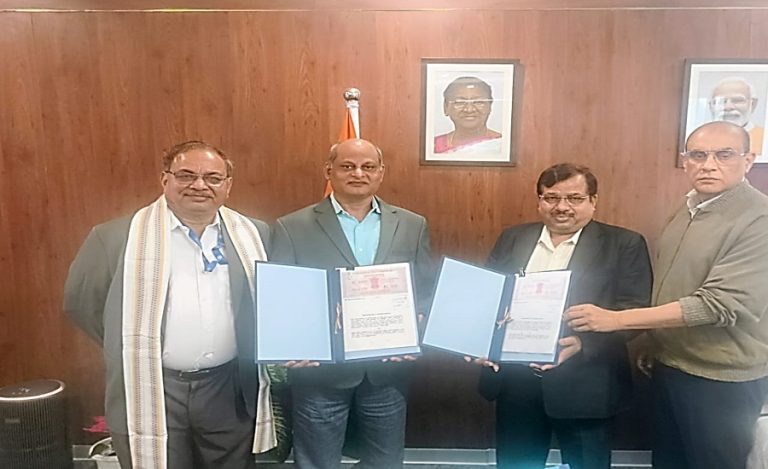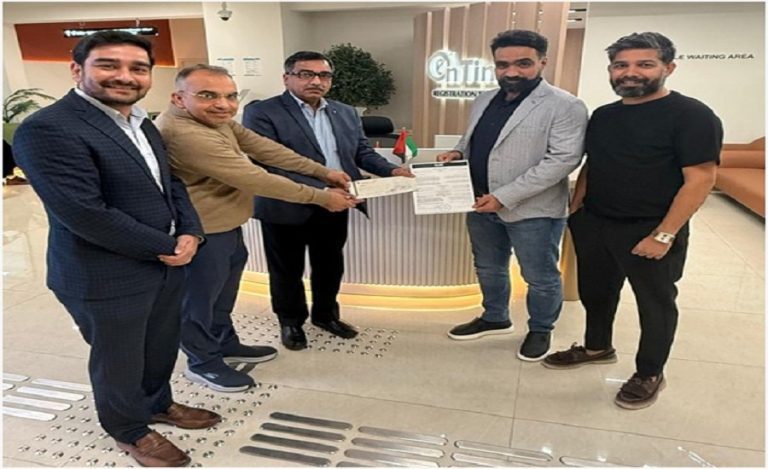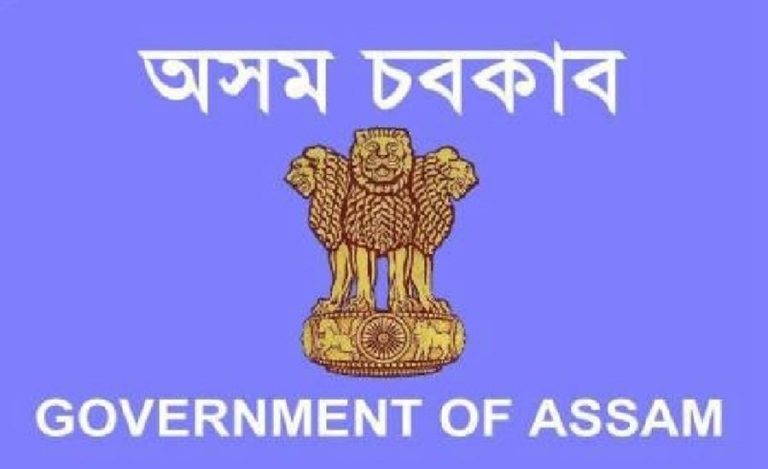New Delhi: The second edition of the biannual Naval Commanders’ Conference 2025 (CC 2025/2) concluded on 24 October 2025, with a comprehensive review of the Indian Navy’s preparedness, operational strategies, and future directions. The three-day conference, held from 22 to 24 October at Nausena Bhawan in New Delhi, provided a crucial platform for high-level deliberations on key issues such as maritime security, capability enhancement, tri-service integration, and the evolving geopolitical dynamics of the region.
Key Highlights from the Conference
The conference kicked off with an inaugural address by Admiral R Hari Kumar, Chief of the Naval Staff (CNS), who emphasized the Navy’s pivotal role in safeguarding national maritime interests amid changing global security dynamics. In his address, the CNS reiterated the Indian Navy’s status as a ‘Combat Ready, Credible, Cohesive, and Future-Ready Force’. He acknowledged the Navy’s recent operational successes and capability upgrades, marking a significant step towards the goal of an Aatmanirbhar Navy by 2047. Through innovation, technological advancements, and the induction of indigenous defence systems, the Navy aims to ensure self-reliance and a robust maritime force.
The conference was further enriched by an address from Mr. Rajnath Singh, the Hon’ble Raksha Mantri (RM), on 23 October. Mr. Singh commended the Indian Navy’s high operational readiness and its robust deterrent posture, highlighting the Navy’s essential role in ensuring regional security. He stressed that the Indian Navy’s presence in the Indian Ocean Region acts as both a comfort to friendly nations and a deterrent to those seeking to destabilize the region. The Raksha Mantri reiterated the importance of a self-reliant Navy and acknowledged the Navy’s progress in indigenous equipment development, positioning it as the flag-bearer of Aatmanirbharta (self-reliance) in the defence sector.
“Technology and tactics must be harnessed urgently to outmaneuver adversaries,” Mr. Rajnath Singh stated, underlining the need for constant evolution to maintain strategic advantages. He also highlighted the importance of uncrewed and autonomous systems in modern warfare, signaling the future direction of military operations.
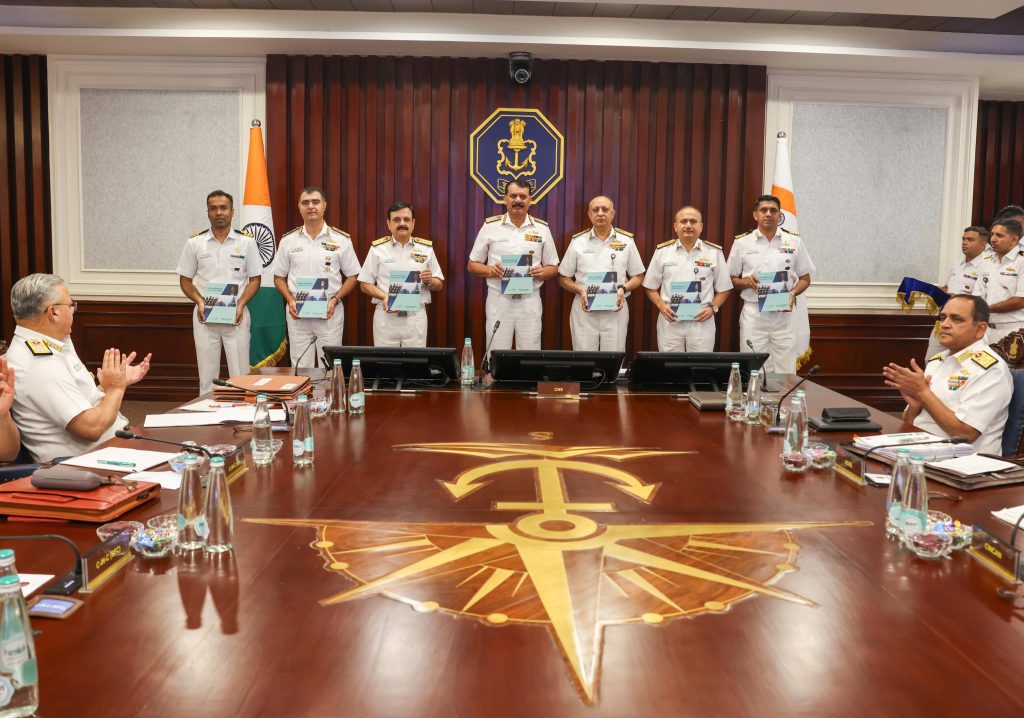
Tri-Service Integration and Collaborative Synergy
General Anil Chauhan, Chief of Defence Staff (CDS), also addressed the conference, emphasizing the importance of jointness and integration across the Indian Armed Forces. The CDS reiterated the significance of resource optimization and the need for improved coordination between the Navy, Army, and Air Force to bolster national security.
In addition to senior military leadership, Air Chief Marshal VR Chaudhari, Chief of the Air Staff, and Cabinet Secretary Rajeev Gauba participated in discussions, further strengthening the focus on cohesive and coordinated operational strategies.
New Initiatives and Publications
As part of its continuous efforts to streamline and modernize naval operations, the conference saw the launch of several new initiatives, including the release of five important naval publications. These included the Regulations for Naval Armament Service, GeM Handbook, and the Foreign Cooperation Roadmap. In a significant move to enhance knowledge-sharing and intellectual collaboration, the Indian Navy also launched ‘NIPUN’ (Naval Intellectual Portal for Unified Knowledge), an online platform designed to aggregate and share the intellectual contributions of the naval fraternity.
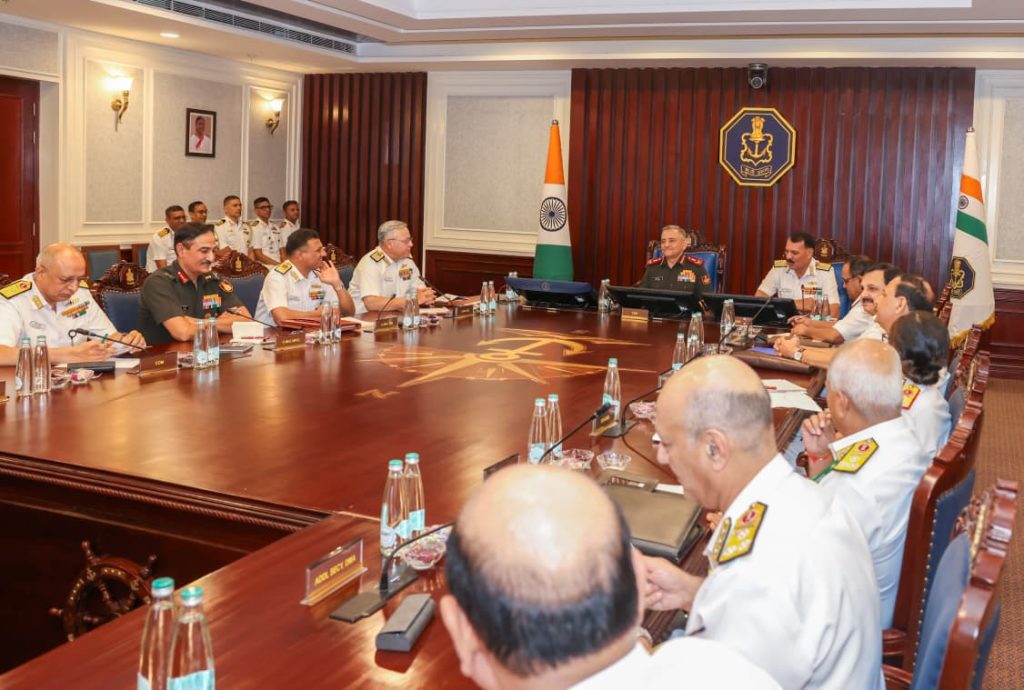
Sagar Manthan: A Thought Leadership Event
On the sidelines of the conference, the Sagar Manthan event held on 22 October brought together Naval Commanders, subject matter experts, and thought leaders to discuss contemporary issues affecting maritime security. This event facilitated deeper engagement on emerging trends, challenges, and opportunities in naval warfare and regional security.
Looking Ahead
With strategic insights from the conference, the Indian Navy is set to continue strengthening its operational readiness, bolster regional engagements, and enhance its capabilities to remain a potent force in the Indo-Pacific region. The discussions and outcomes from the conference provide a clear roadmap for the Indian Navy’s future operations and its vision for a self-reliant, technologically advanced force ready for the challenges of the 21st century.

